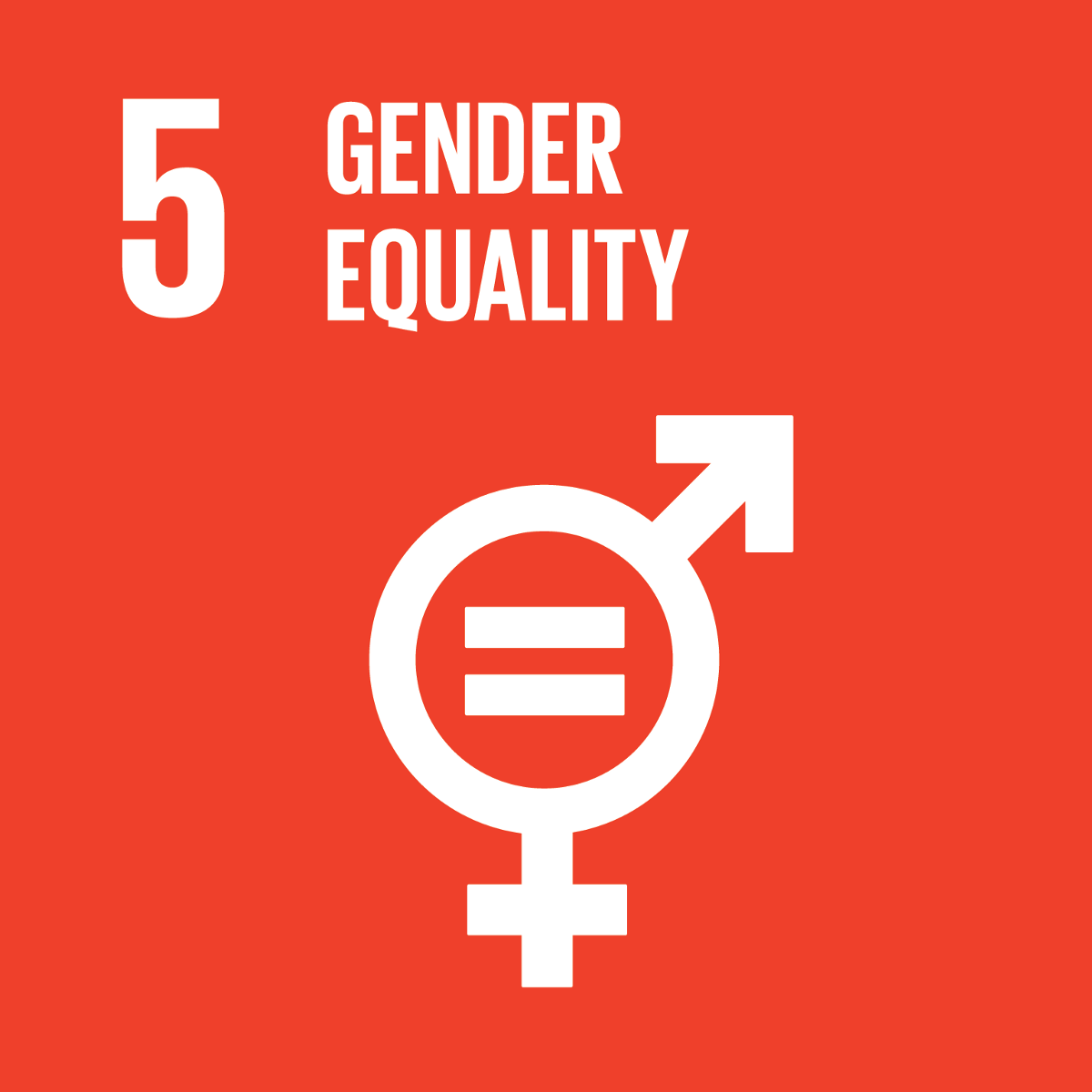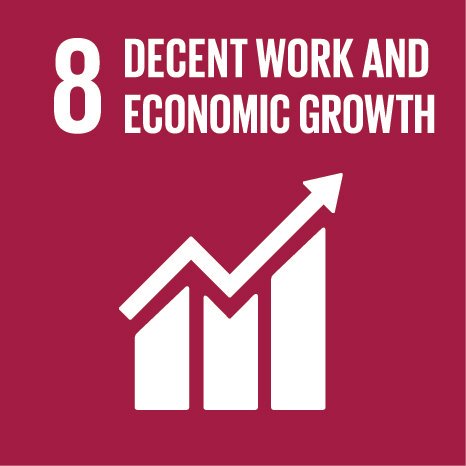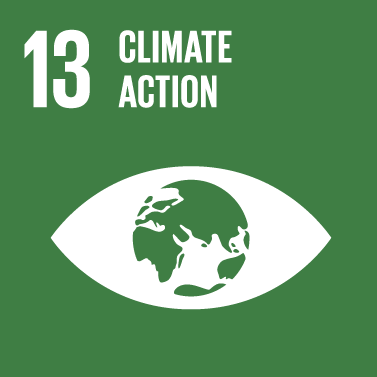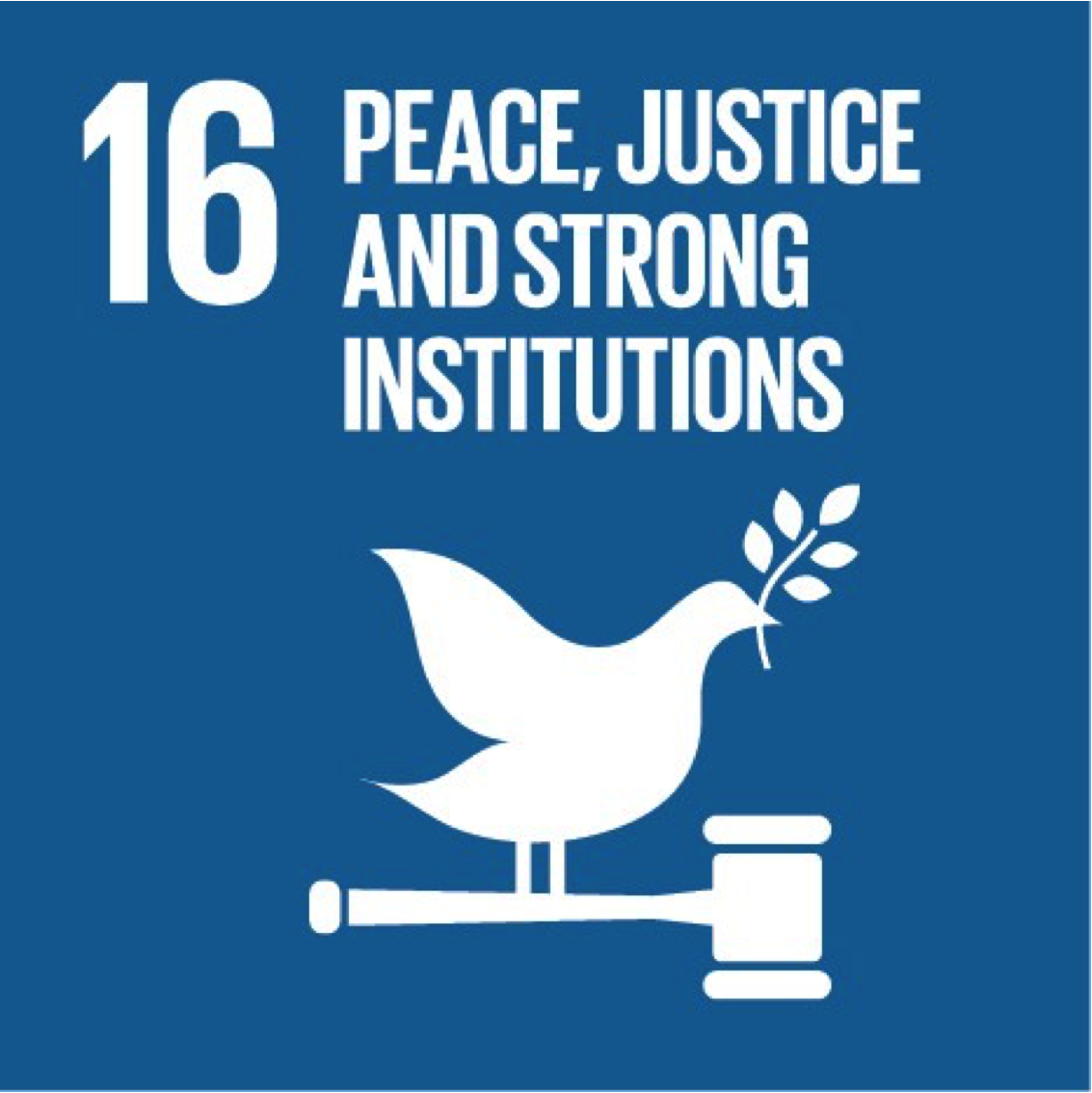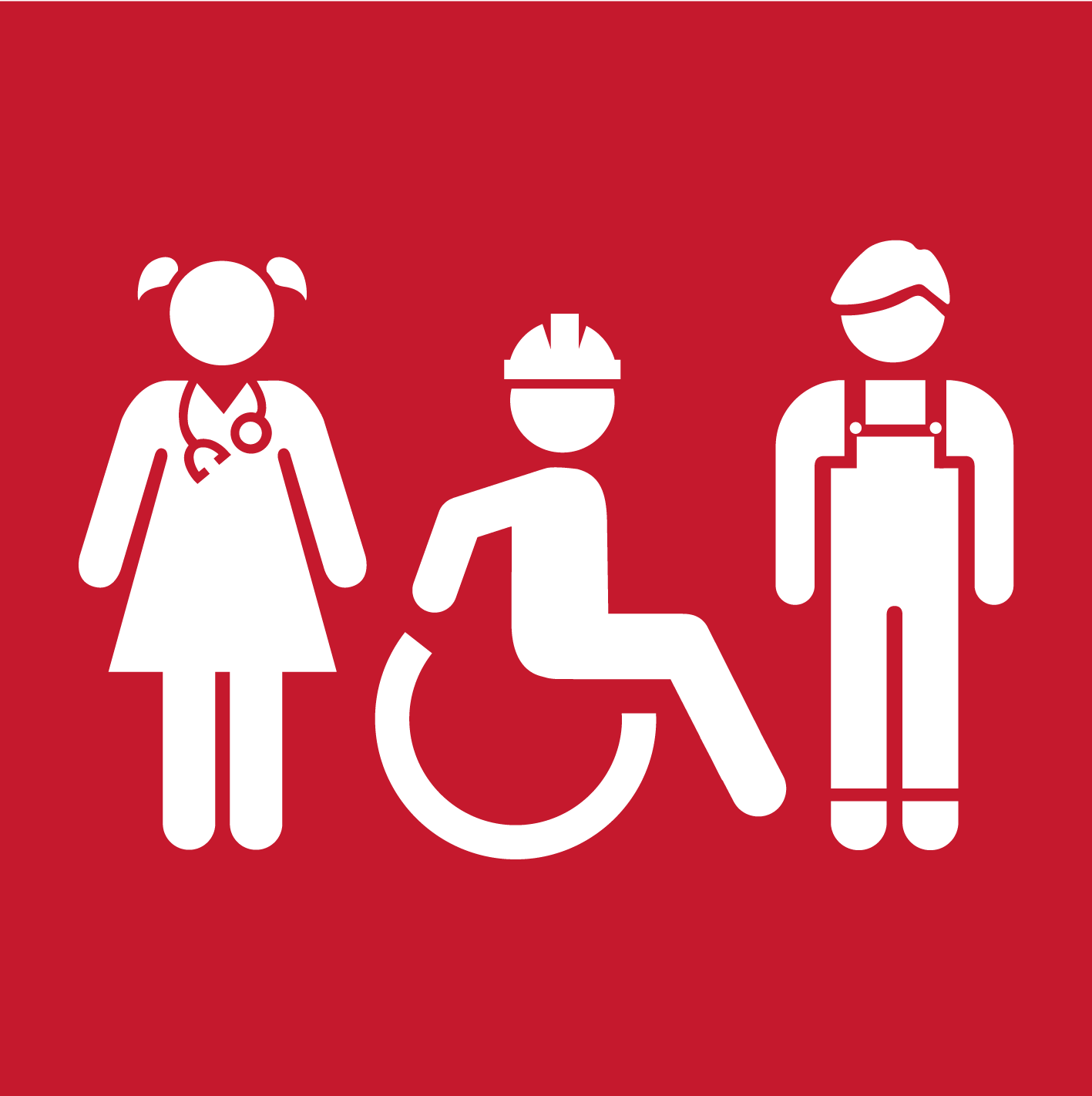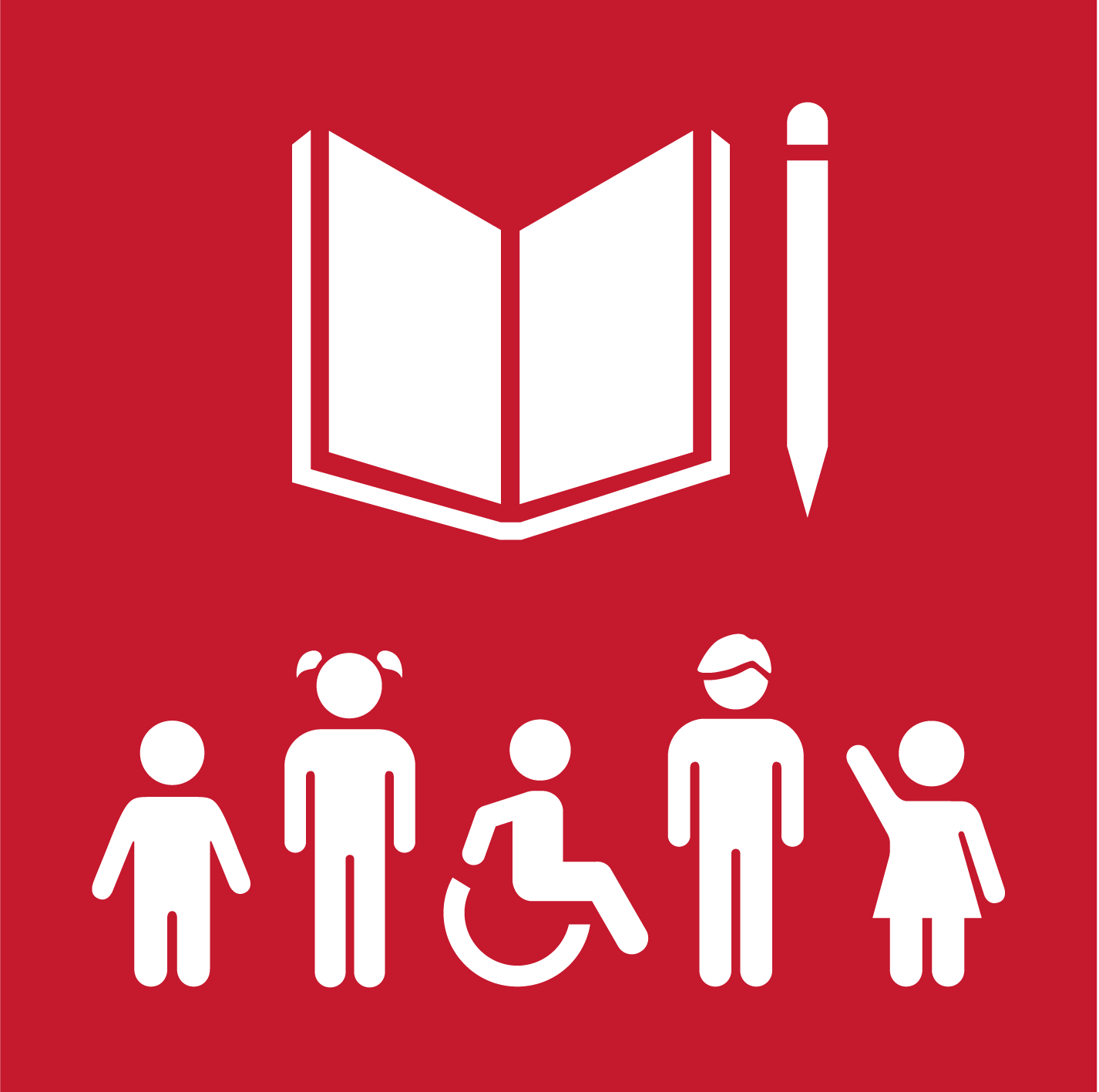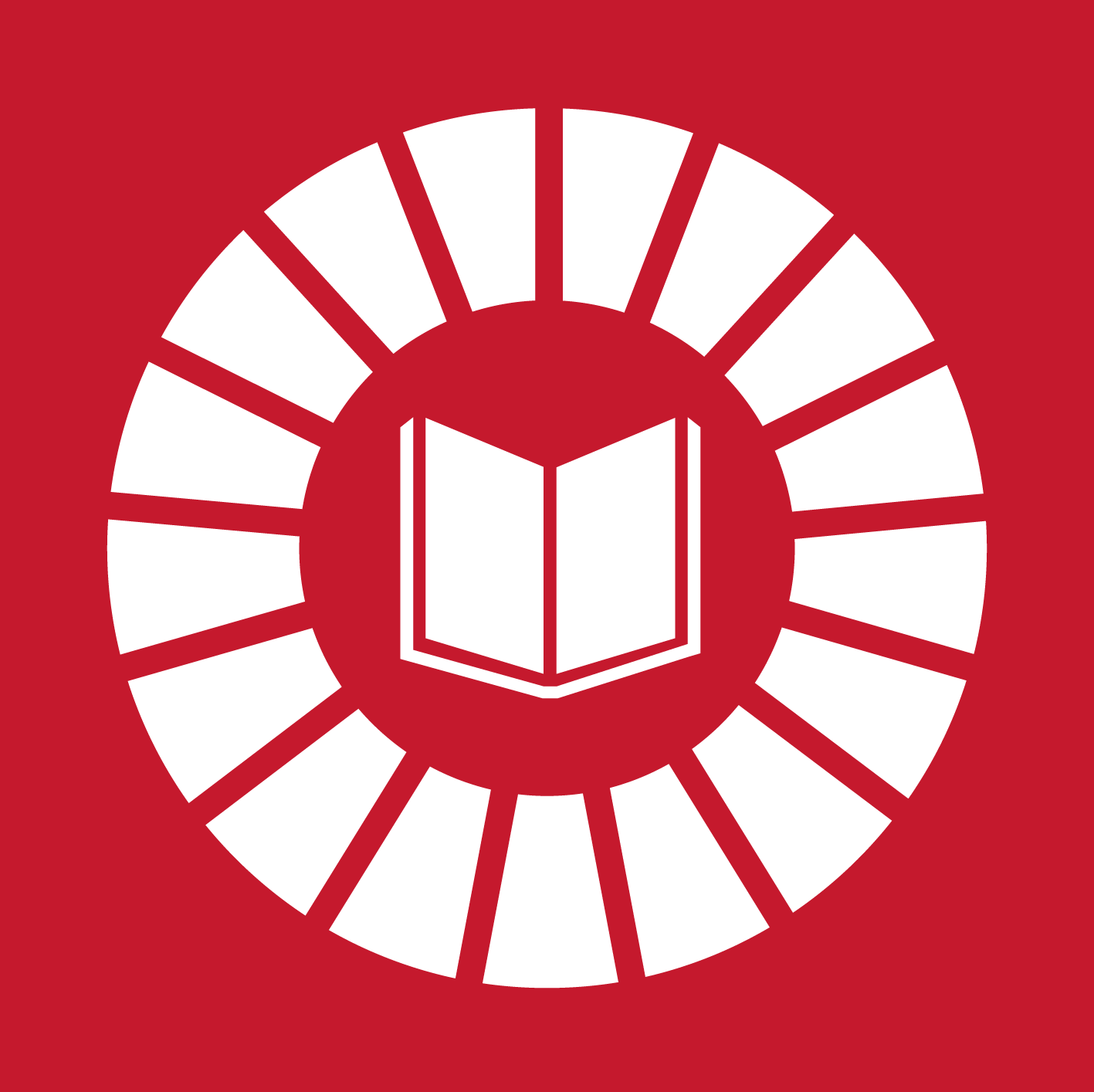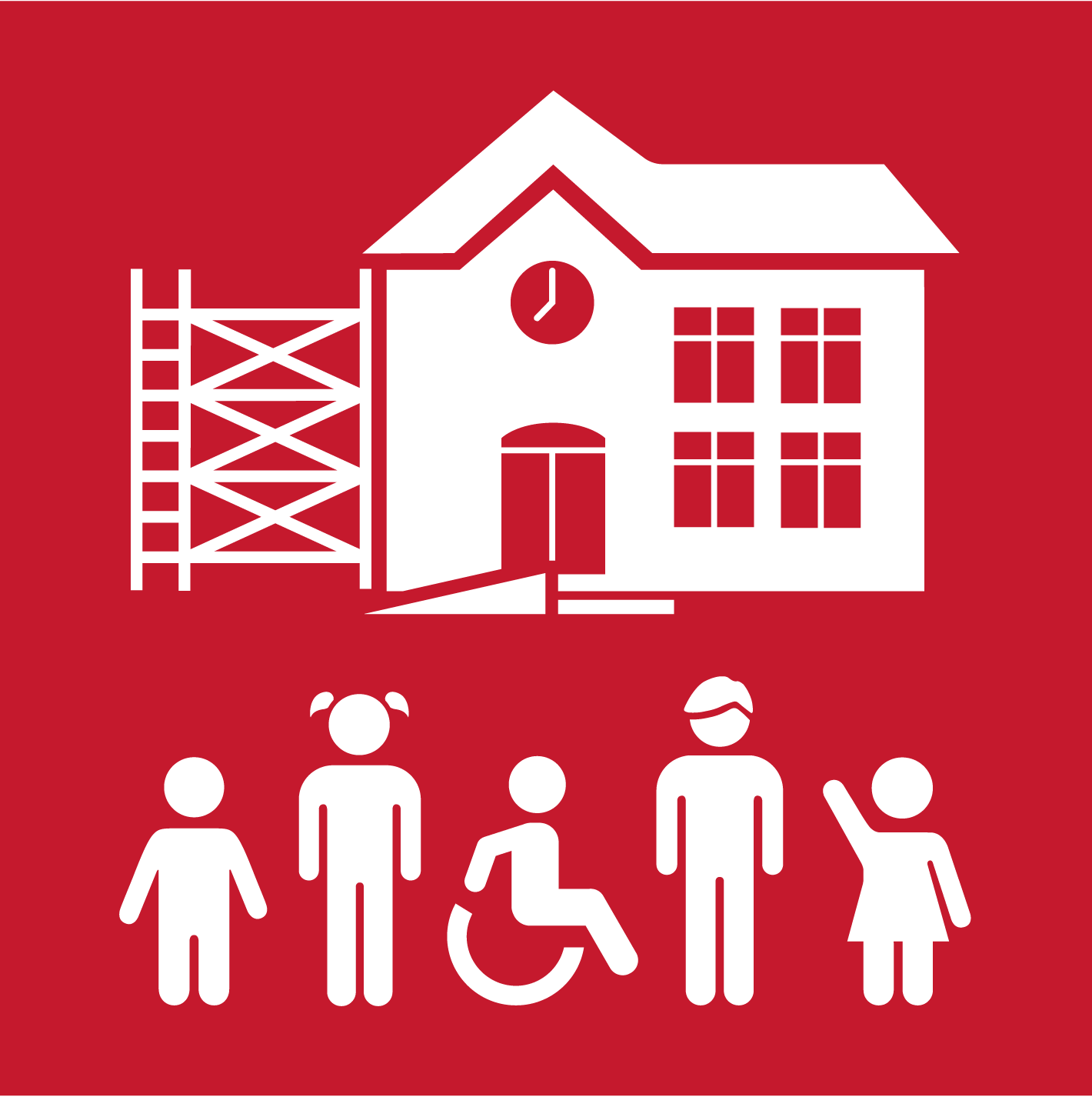4.3.1 Participation rate of youth and adults in formal and non-formal education and training in the previous 12 months, by sex
4.4.1 Proportion of youth and adults with information and communications technology (ICT) skills, by type of skill
4.5.1 Parity indices (female/male, rural/urban, bottom/top wealth quintile and others such as disability status, indigenous peoples and conflict-affected, as data become available) for all education indicators on this list that can be disaggregated
-
4.5.1 Parity indices (female/male, rural/urban, bottom/top wealth quintile and others such as disability status, indigenous peoples and conflict-affected, as data become available) for all education indicators on this list that can be disaggregated
4.6.1 Proportion of population in a given age group achieving at least a fixed level of proficiency in functional (a) literacy and (b) numeracy skills, by sex
4.7.1 (12.8.1, 13.3.1) Extent to which (i) global citizenship education and (ii) education for sustainable development are mainstreamed in (a) national education policies; (b) curricula; (c) teacher education; and (d) student assessment
4.a.1 Proportion of schools offering basic services, by type of service
4.b.1 Volume of official development assistance flows for scholarships by sector and type of study
4.c.1 Proportion of teachers with the minimum required qualifications, by education level
4.1.1 Proportion of children and young people (a) in grades 2/3; (b) at the end of primary; and (c) at the end of lower secondary achieving at least a minimum proficiency level in (i) reading and (ii) mathematics, by sex
-
4.1.1b Proportion of children and young people at the end of primary education (grades 1-4) achieving at least a minimum proficiency level in reading and mathematics, by sex
-
4.1.1c Proportion of children and young people at the end of lower secondary education (grade 8) achieving at least a minimum proficiency level in reading and mathematics, by sex
4.2.1 Proportion of children aged 24–59 months who are developmentally on track in health, learning and psychosocial well-being, by sex
-
Early child development index
-
Early child development index, by type of settlements
-
Early child development index, by age groups
-
Early child development index, by education level of interviewed women
-
Early child development index, by wealth index quintiles
4.2.2 Participation rate in organized learning (one year before the official primary entry age), by sex
4.1.2 Completion rate (primary education, lower secondary education, upper secondary education)
-
4.1.2a Completion rate (primary education)
-
Completion rate (primary education), by type of settlements
-
Completion rate (primary education), by mother's education level
-
Completion rate (primary education), by wealth index quintiles
-
4.1.2b Completion rate (lower secondary education)
-
Completion rate (lower secondary education), by type of settlements
-
Completion rate (lower secondary education), by mother's education level
-
Completion rate (lower secondary education), by wealth index quintiles
-
4.1.2c Completion rate (upper secondary education)
-
Completion rate (upper secondary education), by type of settlements
-
Completion rate (upper secondary education), by wealth index quintiles


